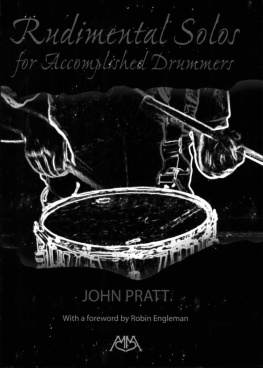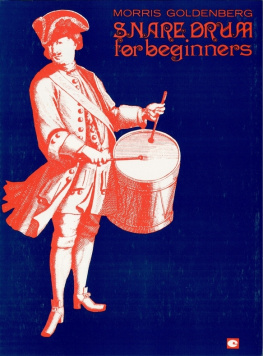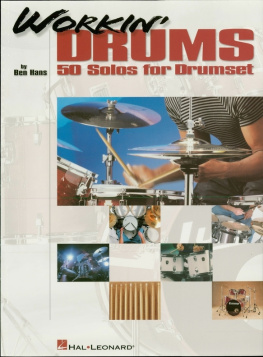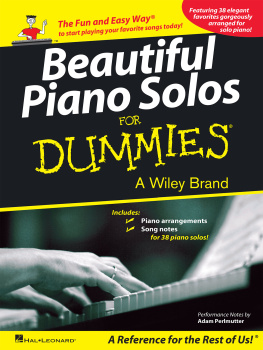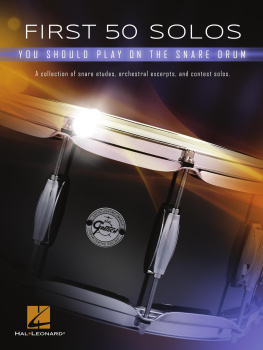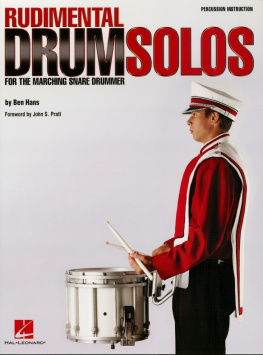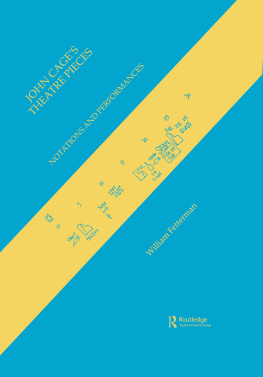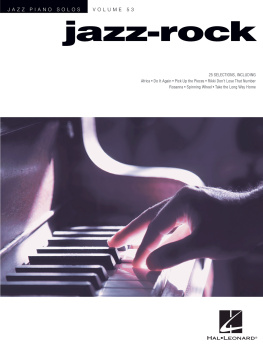



........................................................................................................................................................................................ 4
.................................................................................................................................... 5
.................................................................................................................................................................... 6
................................................................................................................................................................................. 8
................................................................................................................................................ 10
........................................................................................................................................................ 12
.............................................................................................................................................................. 14
................................................................................................................................. 16
............................................................................................................................... 19
........................................................................................................... 19
....................................................................................................................................... 20
........................................................................................................................................................ 21
........................................................................................................... 22
................................................................................................................................................................................. 24
................................................................................................................................................. 26
............................................................................................. 27
.................................................................................................................................... 30
.............................................................................................................................................. 31
....................................................................................................................................................... 32
During my junior year at Ithaca College, my teacher, Warren Benson, told me to purchase a new book of rudimental drum solos by John S. Pratt. (Warren had just put this book on the New York State School Music Association's required list of performance materials.) I was not a rudimental drummer enthusiast-to me the rudiments meant tedious exercises and solos, seemingly written only to be difficult-but I did what Warren told me to do and I'm glad I did.
That book, the now legendary "14 Modern Contest Solos" for snare drum (1959), was a revelation. The solos were challenging, structurally interesting, swinging and readable. They were fun to play, technically productive, and with all of that, accurately notated. The pure intelligence, humor, and poetry in those pieces literally changed the face and direction of rudimental drumming.
They also elicited the ire of hidebound traditionalists. John's compound rudiments, over-the- barline groupings, and deceptive cadences were too new for some people, but those innovations and his innate musicality delighted and inspired more open-minded drummers. The Pratt solos also convinced many "classical" percussionists to re-evaluate the rudiments' place in symphonic snare drum technique.
John, as the poet Keats said, is "Forever piping songs forever new." RUDIMENTAL SOLOS FOR ACCOMPLISHED DRUMMERS, written during an intensely creative period between 1998 and 2000, contains John Pratt's latest thoughts on rudimental drumming. Drummers of all styles can be assured of finding delights here that will stay with them for the rest of their lives, and this book will assume its place in the collections of music connoisseurs-old and new-all over the world.
Robin Engelman Toronto, Canada

Traditional rudimental drummers, especially those who have had an Ancient Fife and Drum Corps background, "squeeze" 7, 10/11, 15, and 19-stroke rolls into the musical notations used for of the next smaller rolls (such as the 5, 9, 13, and 17). In this collection of solos, the full musical notation is used as well as the "squeezed" type. If all the roll strokes are not to be accounted for musically, the larger rolls are "squeezed" into the time of the nearest smaller roll; 7 will appear in the notation of a 5; 10 and I I in the time of a 9; 15 in the time of a 13; and 19 in the time of a 17. Also, "squeezed" rolls are labeled according to the number of intended strokes. Some of the solos in this collection may even contain both types of rolls-full musical notations for each stroke, and "squeezed" notations when the strokes are not an exact musical fit. A WORD OF CAUTION is advised in reference to the solos on pages 11; 14-15; 16; 18; 19; 20; 25 and 31, where I have used 5-stroke rolls, written as grace notes and inserted between the primary/secondary note groups that the 5's are a structural part of. They should not be mistaken as flam or ruff grace notes, but full "squeezed" 5's that must be fitted into the primary/secondary note rhythms. Measures on pages containing such 5's are indicated by asterisks (*).
John S. Pratt
Dedicated to C.A.D.R.E. (Canadian Associates Drumming Rudimental Excellence)
Dedicated to Bob Petta of Liberty Square Fife and Drum Corps, Walt Disney World

